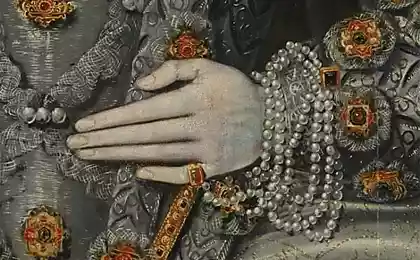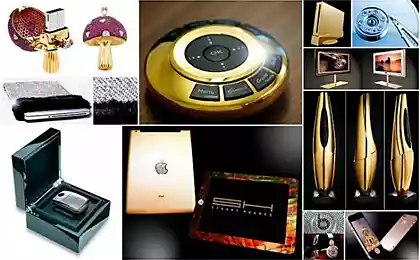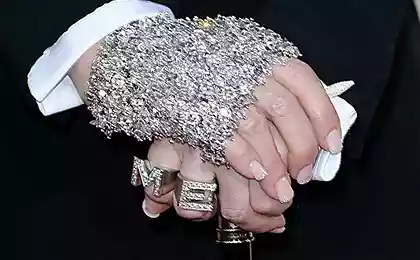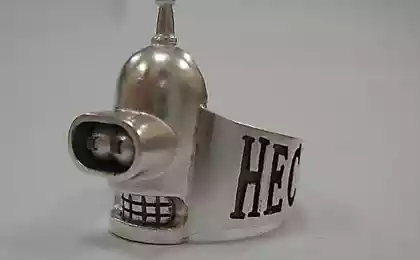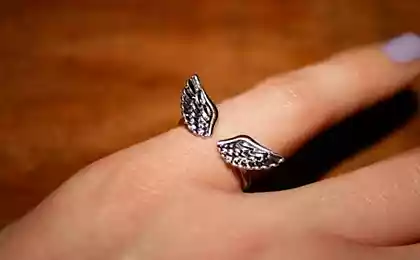2520
Diamond rings
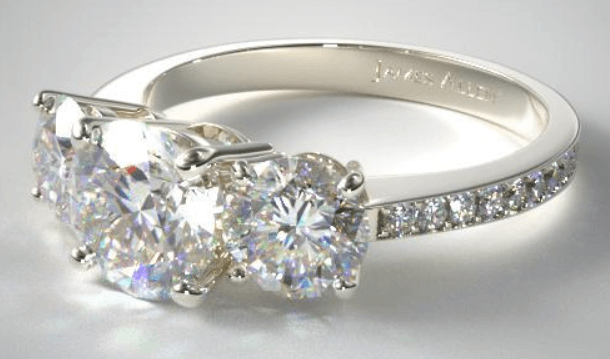
Diamond rings a little bit of history
"Diamonds are forever"is the slogan of the late 1920s, which made diamonds the most sought object in North America. Around the time she was depressed and prices for rough diamonds fall.
Advertising made the diamond industry coming to life again, in fact, not doing anything remarkable. In the advertising slogans were offered to young people to prove their love any girl. Of course, if it was the real thing. And the best way to do this is to spend only one salary to buy a diamond. And it worked! A significant portion of people started to buy precious gifts: gold rings, necklaces, pendants and a gold watch. Today, despite small incomes, all these values are well sold.
Developing industry suddenly began to grow rapidly. The true knack of advertising lay in the fact that some kind of stone, though precious likened to such a really brilliant feeling as romantic love.
The slogan "Diamonds are forever" combined with the aggressive advertising has led to the fact that soon 80% of American newlyweds in the wedding day exchanged rings with diamonds. The company of goldsmiths, engaged in diamond cutting, began to use film as a element of advertising and the impact on American audience. Began to appear, insert in the movie that romanticized diamonds. In addition, the goldsmiths began the practice of putting jewelry in hire outstanding Hollywood stars for public appearances.
Influenced by movies, or women have convinced themselves that, but then the diamond ring has become a symbol of female sexuality and beauty. Dreamed about it every girl. But such ornaments were of course available, but not for all. Nothing more than expensive cars.
Advertising was also responsible for creating the myths about diamond rings: "Making an offer, offer up, only diamond ring" and "Jewelry with diamonds is the best surprise for her" and many more like advertising, in fact, slogans.
In some cultures, jewelry, namely, diamond rings surrounded by historical or religious myths. But advertising history are created only to increase sales. Relentless advertising and marketing rings with diamonds ultimately created artificial demand for them and gave these ornaments are so important. And a huge, vibrant selection of diamond rings available on the website of the Federal chain of jewelry "Our Gold".
A blind setting of a gemstone in a ring
Blind tack refers to a category of clips for the gems inserted into jewelry. It differs from other types of clips, such as open mounting ("feet"), and Pave (the stone is inserted into the socket) and other artistic variations on this theme. Blind tack a narrow rim of metal, which is mounted on top of corner stone, thereby fixing it in one place. In some rings, having allegedly remote setting (and it looks that way), actually used to set channel. Such rings are not examples of the application of this deaf stone setting.
This mounting method is also known in the terminology "tension setting", which came out of the foundations of physics. The stone is not held in terms of the applied tension force (as we understand the term), and subjected to compression from the point of view of applied driving force.
This method of securing the stone very reliable, as the metal is subjected to the alloying, hardening and other processes conducive to increasing the strength. During the manufacture of the ring, the metal, usually gold or platinum, before inserting the diamond is cooled and heated. After the installation of the stone ring is subjected to the following heat treatment procedure for additional hardness blank tie.
The net weight of the ring with a simple setting, Messing made of 18-carat gold composition: 75% gold and 25% other alloying metals) amounted to 35 grams. The metals included in the composition of this ring was used to enhance the strength to a greater extent than conventional rings.
Blind tack usually opens a special glow stone, because the use of alloying metals in the production can make it almost invisible.
4 hairstyles, that your Princess will be the most beautiful in school
Quality hosting is the Foundation of your website
